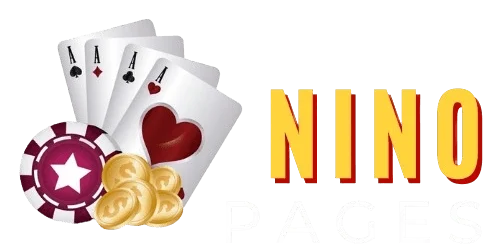When we talk about the best games in history, the name “PlayStation” is often woven deeply into the conversation. Since its debut in 1994, the PlayStation brand has built a reputation for housing some of the most iconic, immersive, and influential titles across gaming generations. Whether it’s the dark corridors of survival horror, the expansive worlds of role-playing games, or the tight mechanics of action-adventure masterpieces, PlayStation consoles have served as the canvas for unforgettable gaming experiences.
The original PlayStation marked the beginning of a revolution, shifting the industry from simple, pixelated graphics hiubet88 link into full 3D environments and cinematic storytelling. Titles like Final Fantasy VII, Resident Evil, and Metal Gear Solid weren’t just good games—they became benchmarks. They defined genres and proved that video games could tell stories on par with films or books. As the PlayStation 2 arrived, it carried the torch forward with massive improvements in technology and a library that expanded into every corner of the gaming universe. With Shadow of the Colossus, God of War, and Grand Theft Auto: San Andreas, the PS2 solidified itself as one of the best-selling consoles of all time, and a home to some of the best games ever created.
The arrival of the PlayStation Portable (PSP) in 2004 marked a new chapter. While home consoles were still the focus, the PSP brought a level of graphical power and gaming depth never before seen on a handheld. This was not just a device for quick distractions—it was a platform where full-fledged PlayStation games could live and thrive. Titles like God of War: Chains of Olympus, Metal Gear Solid: Peace Walker, and Daxter proved that portable gaming could be as engaging and polished as its console counterparts. The PSP introduced many gamers to on-the-go versions of their favorite franchises, making it one of the most beloved handheld systems in PlayStation history.
What set these PSP games apart wasn’t just the hardware—though the device was certainly ahead of its time—it was the ambition of the developers. Studios found ways to deliver deep combat systems, compelling narratives, and creative visuals despite the limitations of a smaller screen and fewer buttons. Some of the best PSP games didn’t just mimic their console predecessors but forged entirely new gameplay mechanics that worked perfectly on handheld. Patapon and LocoRoco were two such examples that took advantage of the PSP’s unique controls to offer fresh, innovative experiences.
Over the years, PlayStation has continued to define the gaming landscape with each new generation. The PlayStation 4 gave us The Last of Us Part II, Bloodborne, and Horizon Zero Dawn, while the PlayStation 5 has pushed graphical boundaries further with titles like Demon’s Souls Remake and Ratchet & Clank: Rift Apart. These games aren’t just showcases of technology—they are demonstrations of how narrative, mechanics, and design can come together to create timeless experiences. The PlayStation ecosystem has become synonymous with quality, and the standard for what makes the best games continues to rise with each new release.
However, for many gamers, some of their fondest memories remain tied to the PSP. The ability to play deep, story-driven PlayStation games during a bus ride, on a plane, or lying in bed created a level of intimacy and connection that home consoles couldn’t always match. The PSP wasn’t just a side project—it was a fully realized platform that expanded the reach of PlayStation’s best games in ways no other handheld had managed before.
